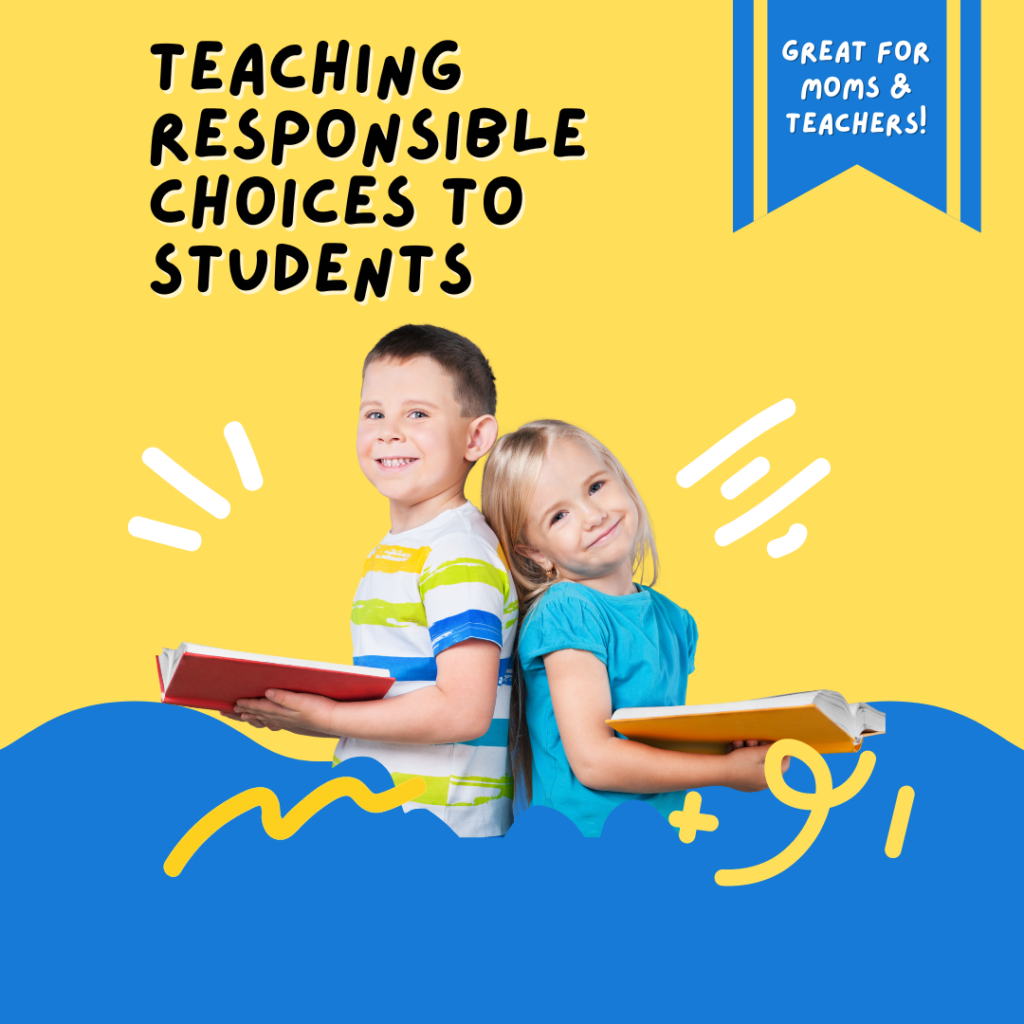
Introduction:
Teaching children about making responsible choices is crucial for their personal development and social understanding. This article provides a comprehensive guide for educators and parents on how to introduce the concept of responsible choices to preschool students, emphasizing the significance of their decisions and their consequences.
Visit the Best Preschool in India
The Importance of Teaching Responsible Choices
Understanding the importance of responsible choices helps children develop into considerate and mindful individuals. By making responsible decisions, they contribute to a positive environment, whether at home, school or within their community. This foundational lesson not only aids in their personal growth but also instills a sense of accountability and empathy towards others.
Key Objectives for Teaching Responsible Choices
- Define Responsible Choices: Help students understand what responsible choices mean.
- Identify Examples: Enable students to recognize examples of responsible choices in different situations.
- Discuss Impact: Encourage students to share their understanding of how responsible choices contribute to a positive environment.
Engaging Materials and Tools
To effectively teach responsible choices, utilize a variety of materials such as:
- Picture Books: “What If Everybody Did That?” by Ellen Javernick, available on YouTube, provides a visual and narrative illustration of the consequences of choices.
- Visual Aids: Pictures or flashcards depicting responsible and irresponsible choices can help children differentiate between the two.
- Creative Tools: Chart paper, markers, and scenario cards for interactive activities.
Strategies to Introduce Responsible Choices
1. Starting with a Discussion Begin by engaging the students in a conversation about everyday choices. Ask them to share examples of decisions they make daily, such as what to eat for breakfast or which game to play. This discussion sets the stage for introducing the concept of responsible choices, explaining that these are decisions made by considering what is right and beneficial for themselves and others.
2. Storytime for Illustrative Learning Reading stories like “What If Everybody Did That?” can vividly illustrate the outcomes of both responsible and irresponsible choices. Discussing key points from the story helps reinforce the message and allows students to see real-life applications of their decisions.
Interactive Activities for Hands-On Learning
Activity 1: Sorting Responsibility Use flashcards with different scenarios, such as picking up trash or helping a friend. Divide students into small groups and have them categorize these scenarios as responsible or irresponsible choices. This activity encourages teamwork and critical thinking.
Activity 2: Role-play Scenarios Prepare role-play cards with situations like sharing toys or resolving conflicts. Have students act out these scenarios in pairs or small groups, making responsible choices. Follow up with a discussion on why the choices made were accountable and how they impacted others.
Activity 3: Creative Poster Making Give each student chart paper and markers to create a poster illustrating examples of responsible choices they can make at home, school, or in their community. Encourage them to be creative and include explanations for each instance. Displaying these posters around the classroom or school promotes a culture of responsibility.
Welcome Back Activities for Students
Conclusion
Teaching this to students is essential for their personal and social development. Through discussions, storytelling, and interactive activities, children learn to make the right decisions for themselves and others. By fostering an understanding of responsible choices, we help create a positive and respectful environment for everyone.

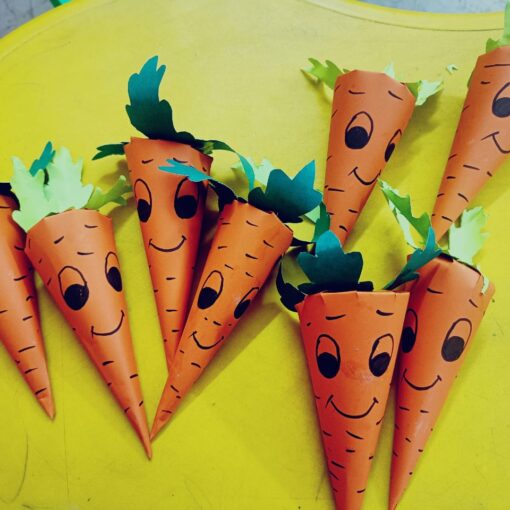
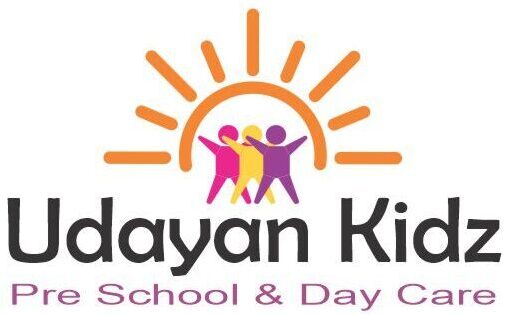
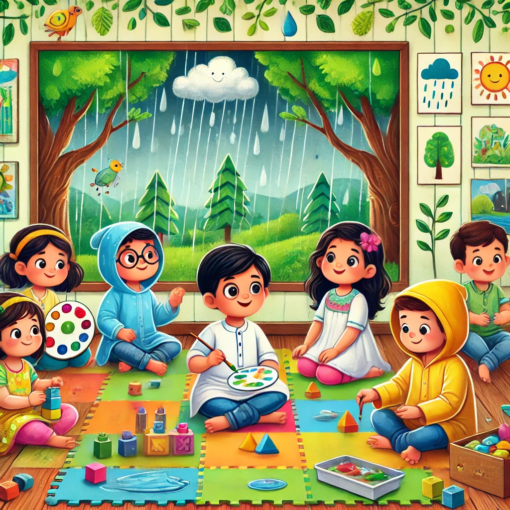
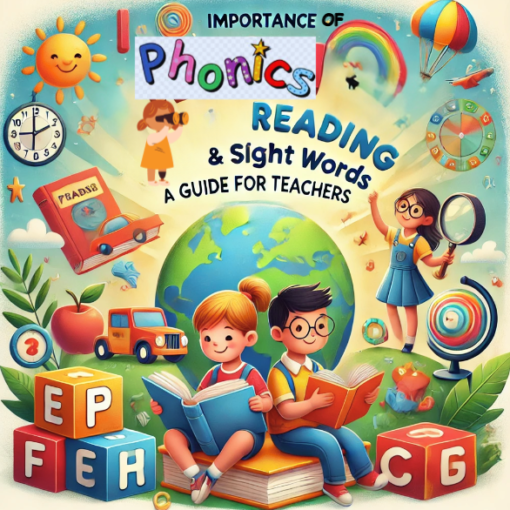
One thought on “Teaching Responsible Choices to Students”